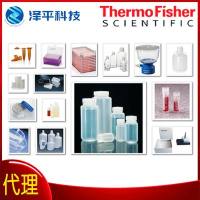Matrix-assisted laser desorption time-of-flight mass spectrometry coupled with allelespecific primer extension is a proven method for typing single nucleotide polymorphisms (SNPs). A novel modification upon this methodology is the incorporation of a photocleavable linker within the extension primer. After completion of the primer extension reaction, photocleavage of the extension products results in two deoxyribonucleic acid (DNA) fragments of lower mass. Typically, the smaller cleavage product, which contains the genotyping information, is in the range of 1000-3000 Daltons. The decrease in primer mass allows for higher sensitivity in mass spectrometric measurement and increases the potential for higher levels of multiplexing.The disturbing mass spectrometric analysis peaks caused by salt adducts and doubly charged ions are diminished when analyzing lower-mass DNA fragments. Here, we illustrate the methodology for using photocleavable modified extension primers for detection of SNPs located on the Y chromosome.
Genomic templates were prepared from anonymous male donors. Five regions of the Y chromosome containing the SNP markers M9, M42, M45, M89, and M96 were amplified by polymerase chain reaction, treated with shrimp alkaline phosphatase, and subjected to primer extension reactions using primers containing a photocleavable building block at specific sites. After elongation, the extension primers were desalted and subjected to ultraviolet irradiation to cleave the products at the photocleavable site. Subsequently, the small fragments derived from the 3′' ends of the molecules containing the genotype information were analyzed by matrix-assisted laser desorption ionization time of-flight using a 3-hydroxypicolinic acid matrix.






